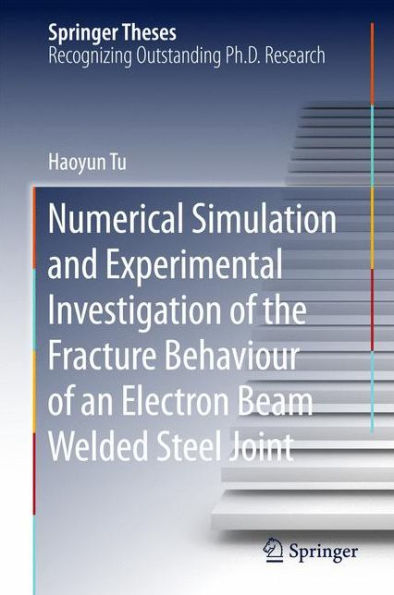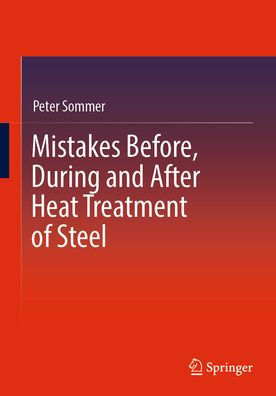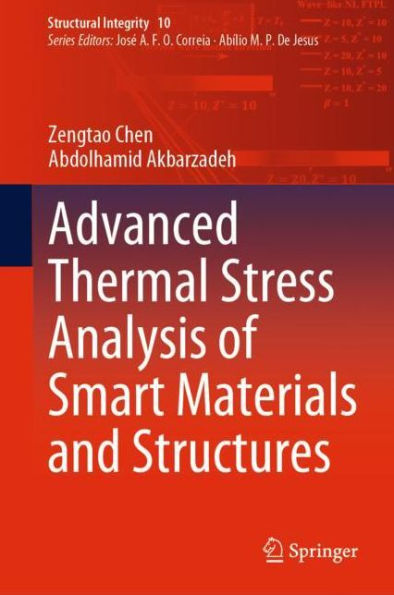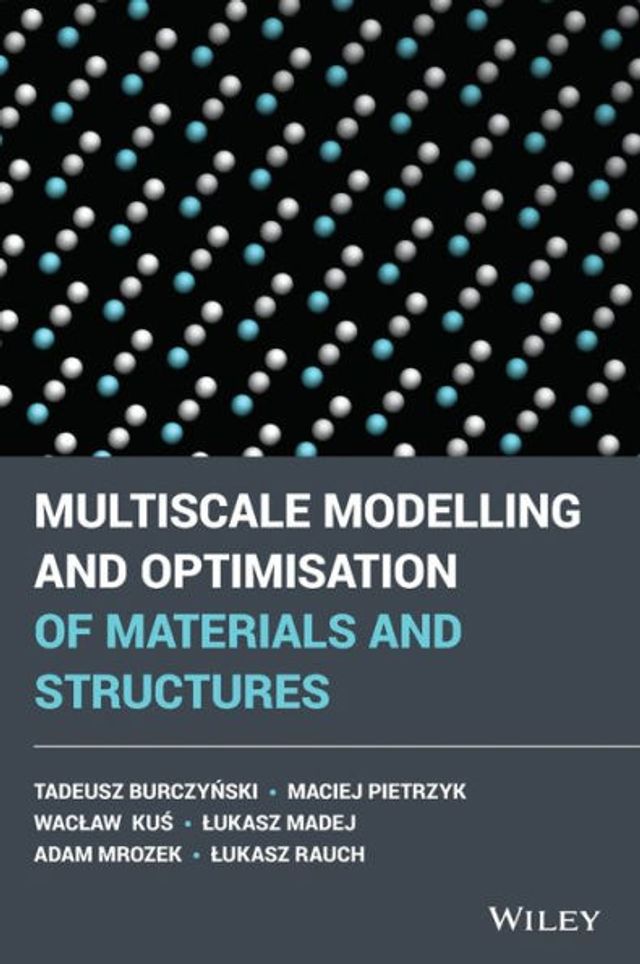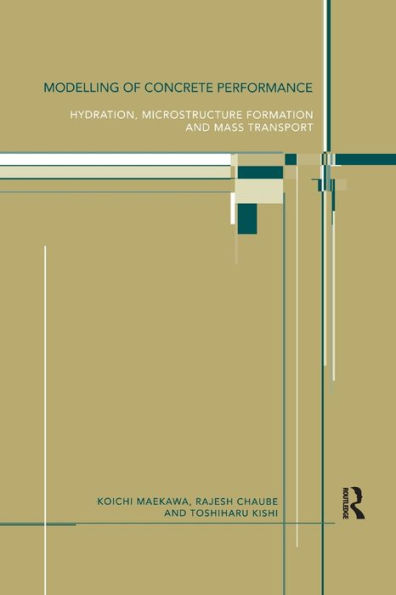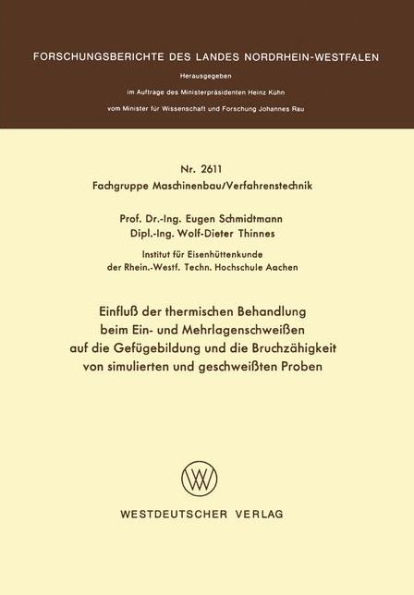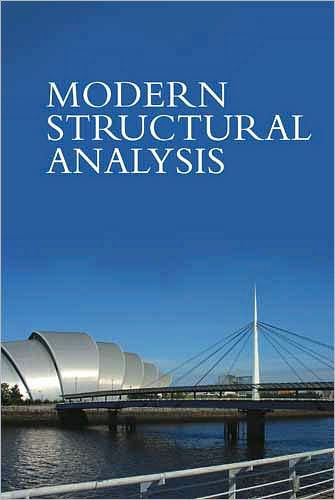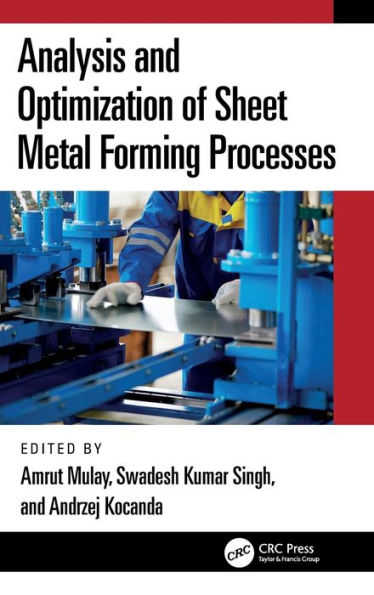Home
Modelling and simulation of inelastic phenomena in the material behaviour of steel during heat treatment processes
Barnes and Noble
Modelling and simulation of inelastic phenomena in the material behaviour of steel during heat treatment processes
Current price: $64.00
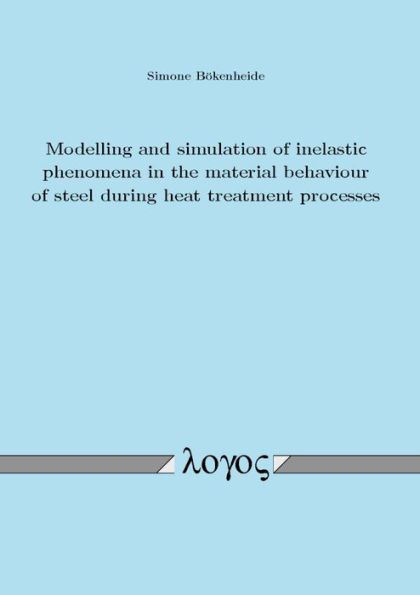

Barnes and Noble
Modelling and simulation of inelastic phenomena in the material behaviour of steel during heat treatment processes
Current price: $64.00
Size: OS
Loading Inventory...
*Product information may vary - to confirm product availability, pricing, shipping and return information please contact Barnes and Noble
This work deals with the mathematical modelling of material behaviour of steel during heat treatment. In the case of inelastic material behaviour, the underlying system of equations is non-linear and its equations are coupled. Therefore, the description and modelling of inelastic phenomena is especially challenging. The aim of this thesis is to model the material behaviour of steel during heating and austenitisation taking into account creep and transformation-induced plasticity. We obtain a coupled system of partial and ordinary differential equations for temperature, phase fractions and mechanical deformations. We deal with the solving of the system as well as with the implementation of the model equations. A numerical algorithm is developed in order to solve the coupled system of equations involving the inelastic quantities. Furthermore, the presented models are used to identify certain material parameters. We present results of 3D simulations of the heat treatment of a workpiece and study the material behaviour during different heat treatment scenarios. The implementation of the model equations was carried out with the open source Finite Element Toolbox ALBERTA. We validate the 3D model by means of experimental data from workpiece experiments. Another important part of this work covers the topic of multi-mechanism models. The idea of this approach is to decompose the inelastic part of the total strain into several parts, also referred to as mechanisms. We develop a two-mechanism model for creep and TRIP arising simultaneously and discuss thermodynamic consistency.
